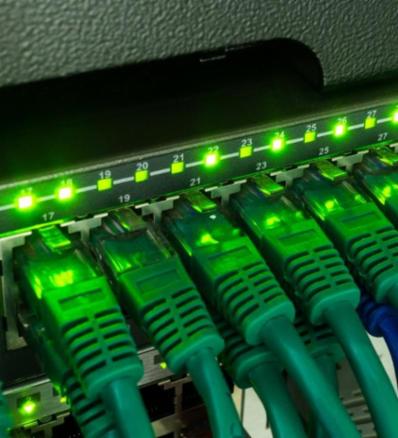0 Comments
Suggested Videos
We all know that Linux is the best OS for network services like, web servers, dns, dhcp, proxy , firewall... but administrate those services in large scale operations by command line is a pain in the a** .
- Linux
- Operating Systems
- Networking
- DNS
- VPN
- *IPS, *webfiltering, *Reverse proxy, *proxyweb
Installing used hardware in a home lab or other systems can have some challenges. Hopefully, the lesson learned here with a used NVMe drive will save someone else time and headache.






